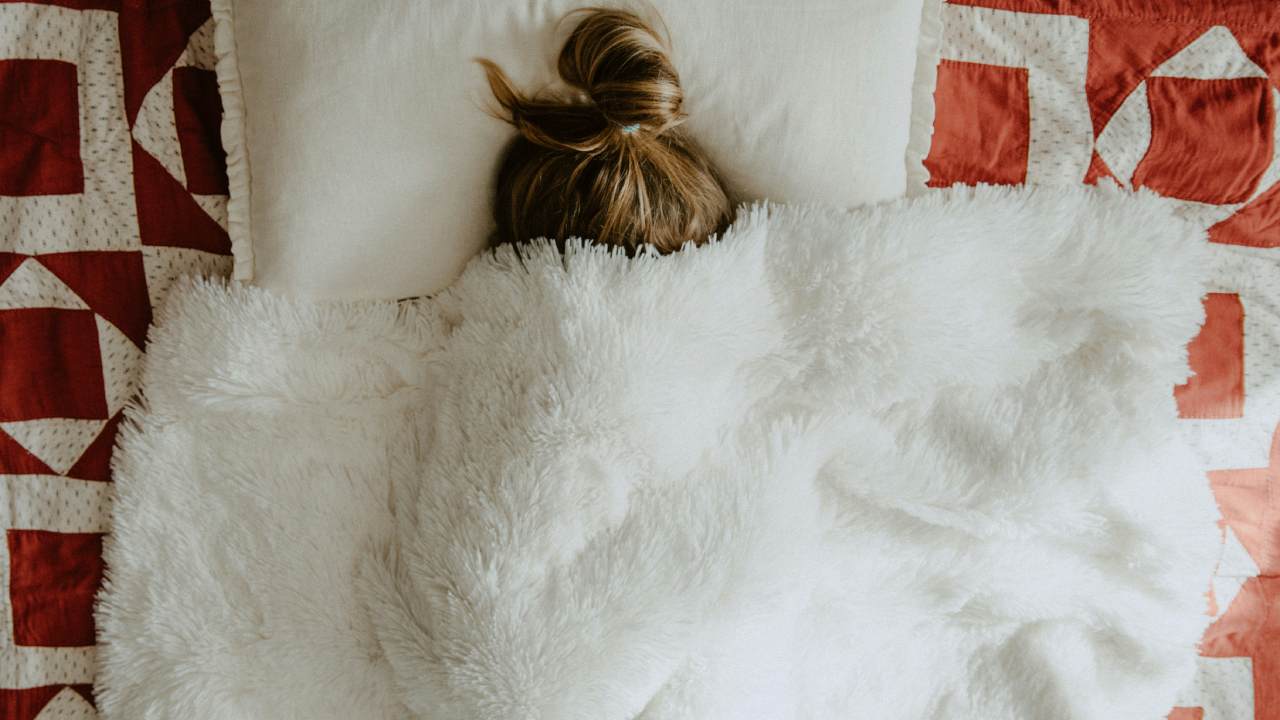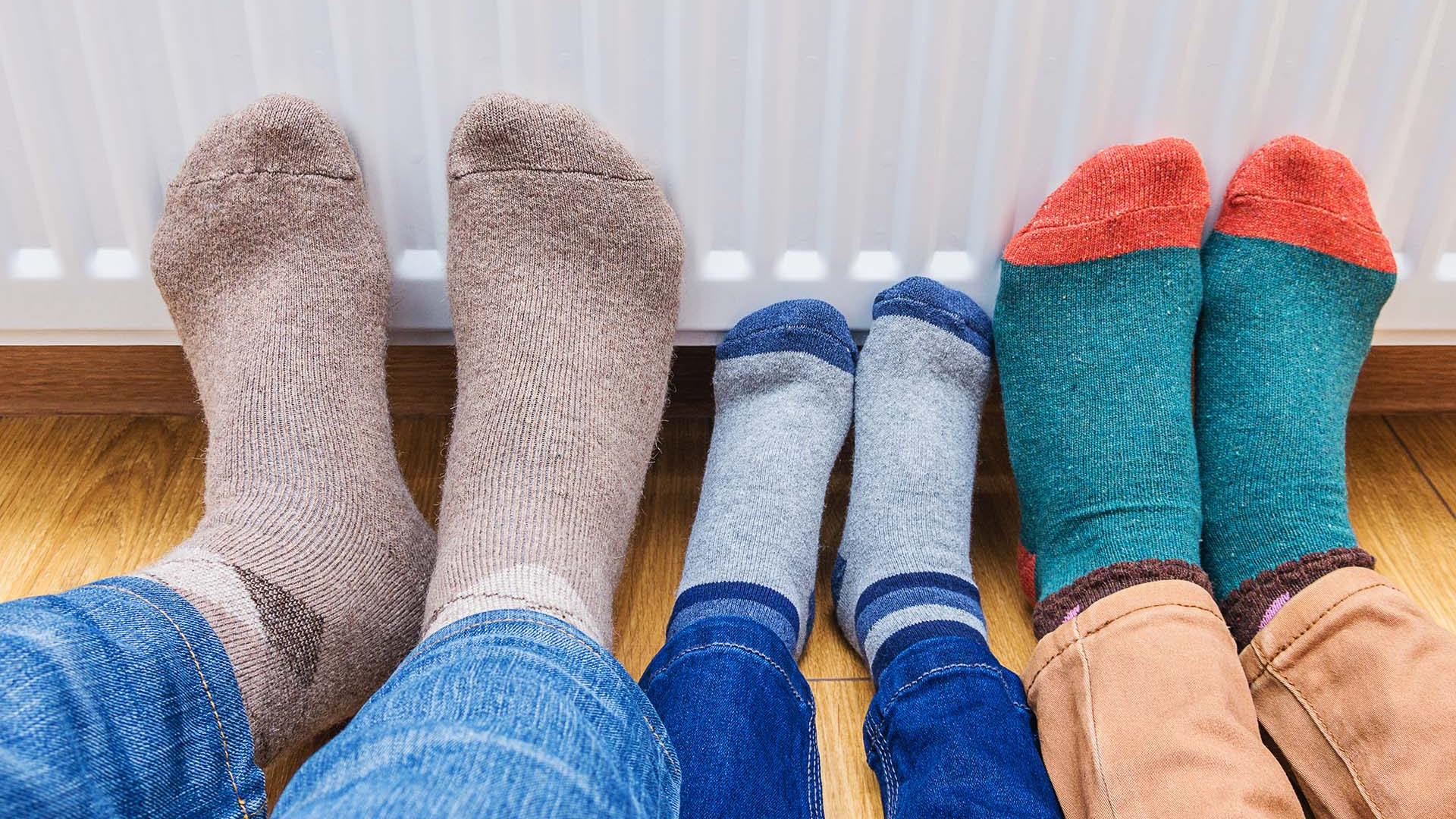7 mistakes you’re making when trying to keep your bedroom warm in winter
You’ll be surprised by number four…


Feeling the chill? Then you might be making these seven mistakes when trying to keep your bedroom warm this winter.
The clocks go back this weekend, meaning winter is almost here. The nights will be getting darker and colder, which can be disruptive to your sleep. Having a cold bedroom can make you feel uncomfortable, cause stiff muscles and make it hard to fall asleep and get out of bed in the morning.
Keeping your bedroom warm might seem easy but it turns out there are many common bedroom mistakes that can undo these efforts and cost you more on your energy bills. To find out more, I spoke to Martin Seeley, CEO of MattressNextDay who explained seven mistakes you’re making when trying to keep your bedroom warm and how to fix them.
1. Sleeping with cotton sheets
It’s fairly common to switch to thicker sheets when the weather shifts, but bedding fabrics make a big difference to the feel of your bedroom and mattress. Seeley explains that while “cotton sheets may feel fresh, they wick heat and moisture away from the body, which can leave you shivering on cooler nights.”
To avoid the chill, put away your cotton sheets and switch to flannel or wool blends. According to Seeley, these create “a cocooning warmth that stabilises your body temperature. It means you can sleep comfortably even if the thermostat is set a degree or two lower – and just that small change can save up to £80 a year on bills.”
2. Only using one duvet
For winter, you should be using a duvet with a high tog rating, but apparently you should also be using more than one. “One thick duvet might seem like the best option for warmth, but it can be surprisingly inefficient,” says Seeley. This is because a single heavy layer traps less heat which acts as natural insulation. Instead, try layering your bedding as this helps you to stay warm and “adjust your temperature more easily if you start to overheat.”
3. Getting into bed feeling cold
Let’s be honest, it feels amazing to finally get into bed when you’ve been feeling cold all day. But this can actually have a negative effect on your sleep, as it can take hours for your body heat to build up, which can keep you awake and shivering for longer.
Get all the latest news, reviews, deals and buying guides on gorgeous tech, home and active products from the T3 experts
Seeley recommends warming yourself up before bed “so your body sets the temperature under the duvet and reduces the need for overnight heating.” Handy ways to do this include taking a shower, wearing socks to bed or using a hot water bottle.

4. Sleeping next to a radiator
Sleeping next to a radiator might seem like a quick and easy solution to keeping warm at night, but this can drastically impact you and your bedding. According to Seeley, the “constant stream of dry heat damages your mattress by drying out fibres and foam, and parches your skin and throat. Worse, it means your radiator is working harder to heat an area that immediately loses moisture.”
To avoid this, your bed should be at least 20cm away from your radiator for a better night’s sleep and to keep energy bills down.
5. Using thin curtains
If you swap out your bedding for winter, why not your curtains? Windows are a main source of heat loss, as research shows that “around 18% of a home’s heat is lost through windows,” says Seeley. A quick fix for this is to swap out your thin curtains for thick, thermal ones that create a better layer over the glass to better trap and hold in heat.
6. Leaving floorboards bare
You’ve sorted your bed and your windows, and now it’s time to look at your floors. Carpeted floor is good at trapping heat, but wooden or laminate floors have the opposite effect. As Seeley explains “heat naturally rises, so your floor remains the coldest surface in the room. That chill radiates upwards, cooling the entire space and making heating less efficient.” Adding a thick rug to your floors is an easy way to stop heat escaping through them – another quick fix.
7. Ignoring what’s under your bed
If you’re still feeling the chill after all this, you might want to look at what’s under your bed – and no, this isn’t the start of a horror story. It turns out that heat can escape from your bed frame, as the “wide gaps allow cold air to circulate beneath your mattress, pulling warmth away from your body” and allowing cold air to move freely under your bed. An easy way to solve this problem is to upgrade your bed base to one with fewer gaps or to add a mattress topper for extra insulation.

Beth is Home Editor for T3, looking after style, living and wellness. From the comfiest mattresses to strange things you can cook in an air fryer, Beth covers sleep, smart home, coffee machines, watches, grooming tools, fragrances, gardening and more.
In her spare time, Beth enjoys running, reading, baking and attempting craft projects that will probably end in disaster!
You must confirm your public display name before commenting
Please logout and then login again, you will then be prompted to enter your display name.